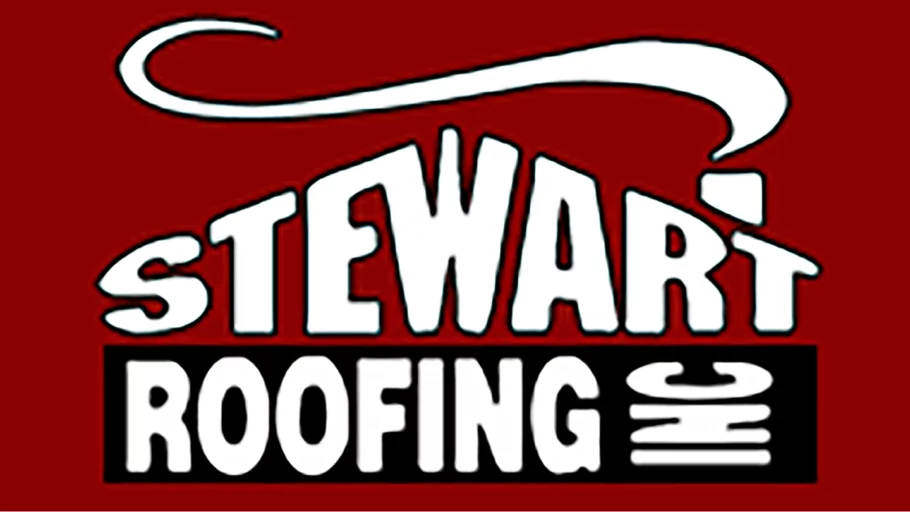
Know before you buy
Roof Inspections
SCHEDULEComprehensive Roof Inspections can save prospective home buyers a LOT. Stewart Roofing covers the inside and outside of your roof including gutters, skylights and chimneys...


Roof Inspections - New Builds
New Construction
GET A QUOTEStewart Roofing works with Realtors, Builders and Home Buyers and Owners alike. Whether it is new roof construction or complete renovation, Stewart Roofing provides Roof Inspections and Certifications you can take to the bank.


Prevent future calamity
Roof Inspections
FREE ESTIMATESRegular Roof Inspections can save you from future calamity by identifying areas of weakness before the storm.
Be prepared for the next atmospheric river by having confidence in your roof.

Prevent future calamity
Roof Inspections
FREE ESTIMATESRegular Roof Inspections can save you from future calamity by identifying areas of weakness before the storm.
Be prepared for the next atmospheric river by having confidence in your roof.
Need A New Roof? Buying A Home?
Many things including leaking roofs, poor drainage, and clogged gutters and downspouts can lead to significant water damage inside your home. As a home owner or potential buyer of a home, knowing the exact condition of your roof NOW, can save you a great deal of time and money in future repairs.
With decades of experience in Pacific Northwest roofing architecture, Stewart Roofing Contractors know what to look for when examining a home’s roof from both the outside and inside of the home.
A roof inspection is crucial in determining whether or not your roof needs basic maintenance, repairs or to be replaced entirely. Stewart Roofing Contractors conduct comprehensive roof inspections and are credentialed to issue roof certifications for potential home buyers.
Roof Inspections - What To Look For Outside:
Some of the details that Stewart’s Roof Inspectors will look for that can be identified by home owners as well include the following:
- Blistered, curled or split shingle
- Loose or missing shingles or tiles
- Loose nails
- Exposed nails (can lead to leaks in the roof)
- Dark patches on asphalt shingles and/or large amounts of granules in the rain gutters (the granular coating is wearing away)
- Sagging either on the ridges or in the center of the roof
- Broken or loose shingles at the ridge lines and hip lines
- Rusty or corroded metal (flashing) and loose shingles in the valleys, plumbing vents or near chimneys
- Accumulation of leaf debris can cause damage to sensitive areas of the roof (it may be necessary to remove excess debris and leaves to inspect thoroughly)
- Rusty metal or loose shingles in locations where a vertical side of the house meets the roof
- Overflowing gutters or excess water pooling near the foundation of the house
Roof Inspections – What To Look For Inside:
- Sagging decking between the rafters (if the decking is sagging or deteriorating, the decking will also require replacement when a new roof is installed)
- Outside light that can be seen through the roof (this may be common and not a problem on shake roofs, since the wooden shakes will swell during the wet months, effectively preventing any leaks)
- Signs of leaking in the attic (dark spots in the wood, especially around vents, chimneys, and other holes to the roof)
- Test dark spots in the wood to decide if they are old or current problems Current problem: if the spot is still wet, or if it is soft (test with a screwdriver) Old problem: if the spot is dry and hard, it is most likely an old problem that has been fixed
- Signs of water damage or leaking (usually in the form of water stains, or sagging ceilings)—this could be due to an active leak in the roof or to condensation caused by poor roof ventilation
If you observe any of the signs listed above, you need roof repairs or a new roof. Depending on the degree of damage, you can decide what is best for you and your house. Often the cost of fixing or replacing a roof is less than dealing with the damage an old roof can cause to your home.
